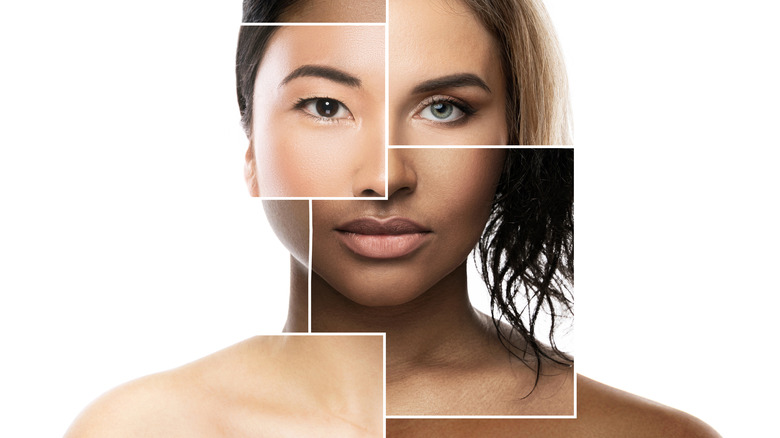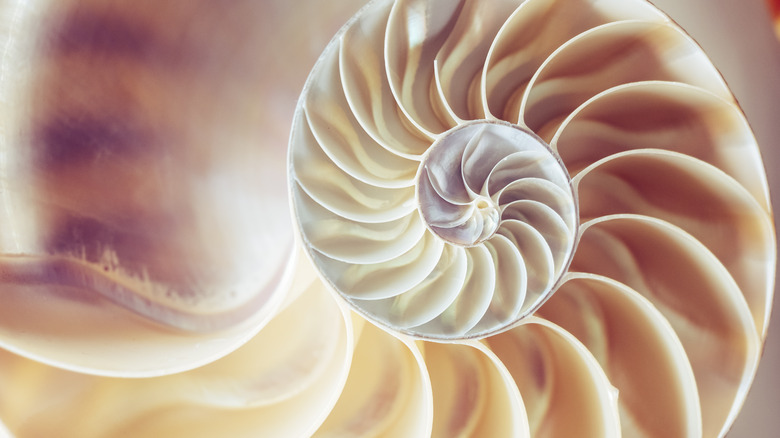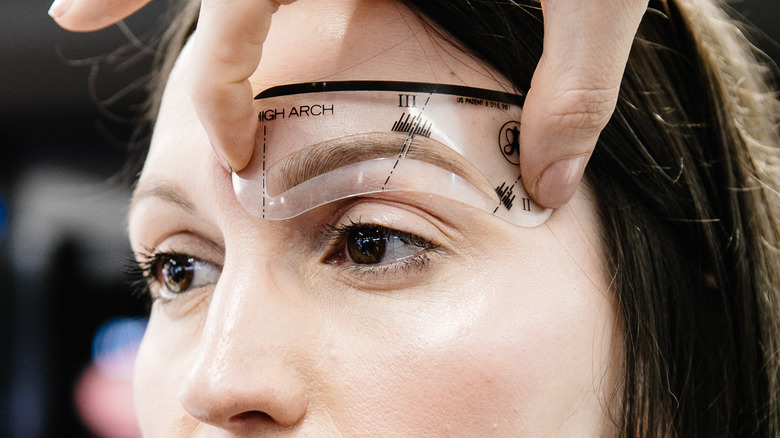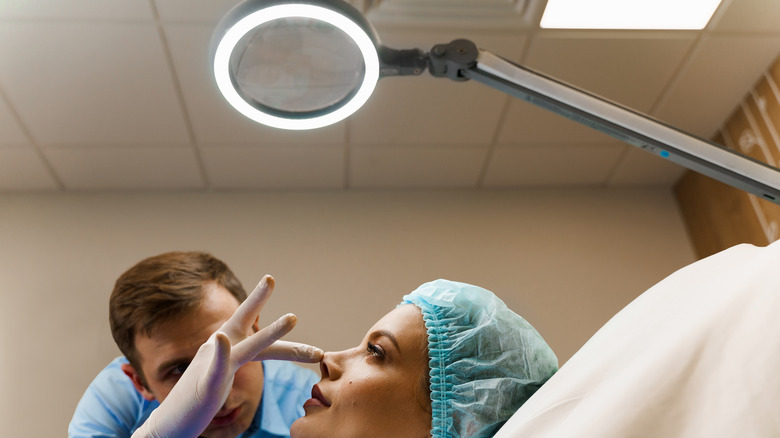Is This Really What Makes A Perfect Face?
Even though beauty standards vary wildly across the world, and personal taste much more so, certain individuals do seem to be universally regarded as attractive. In the ancient world, Helen of Troy was supposedly gorgeous enough for two entire nations to go to war over, while the mortal Adonis was so beautiful that the goddess of sexual desire herself, Venus, took him as her lover. Much more recently in the 20th century, people like Audrey Hepburn or James Dean would likely rank among those considered undeniably pretty. And yet, standards of beauty change tremendously over time according to numerous factors: the whims of the zeitgeist, the prominence of certain public figures, the trends of the health and beauty industry, etc. So is it actually true that humans have some in-born, innate preference for a certain shape of face?
These questions preoccupy not only everyday people, but actual researchers. One study published in Vision Research and available on Science Direct concluded that attractiveness boils down to the vertical distance the eyes and mouth, the horizontal distance between the eyes, and the proportion between the two. Another study published in Maxillofacial Plastic and Reconstructive Surgery and available on Springer Open describes differences in "ideal" beauty between Caucasian and Hong Kongese populations. Yet another study published in Advances in Social Sciences found that women are more sensitive than men at perceiving facial composition. All such studies and more use the same mathematical phrase to describe the supposedly perfect face: the Golden Ratio.
The Golden Ratio
The Golden Ratio is an often-seen and often-cited facet of the natural world that's been observed and noted for millennia. If you zoom out to see the forms of galaxies and weather systems or zoom in to the forms of nautilus shells and sunflower seeds, you'll see the same basic shape: a spiral. If we start in the center of a spiral and spiral out, we can separate the spiral's sections into sets of rectangles, each one larger than the last. Each rectangle conforms to a specific ratio of about 1:1.618, aka Phi, which as a decimal continues infinitely. This is what's been dubbed the Golden Ratio, and before that the "divine proportion."
The Collector explains how artists have wielded the inherent beauty of the divine proportion and applied it to their work, especially since the Renaissance. Leonardo da Vinci deployed the divine proportion in his most famous works: "The Last Supper," "Vitruvian Man," and the "Mona Lisa." Michelangelo used the divine proportion to help compose "The Creation of Adam," which shows God reaching out a finger toward the first human. The term "Golden Ratio" was introduced in 1815 by German mathematician Martin Ohm at the tail end of the European Enlightenment, and has since spread all the way through the modern health and beauty industry. And as sites like Maningas Cosmetic Surgery show, the use of the Golden Ratio to guide beauty decisions has become not only commonplace but something of an unquestioned religion.
Mathematical facial measurements
When applied to the human face, the Golden Ratio tends to produce an average set of features where nothing stands out. Dufferin Research, however, points out that humans tend to prefer these kinds of faces. This might be because of unconscious biological reasons or just because what's average is what's most familiar, and what's familiar feels safe. The Guardian reports much the same and points out that a preference for average-ness may just be the result of the "mere exposure effect," in which seeing more of one thing invokes a preference for it. Furthermore, research published by Oxford Academic in the journal Behavioral Ecology discusses the human preference for facial symmetry — both sides of the face being the same — which might factor into the evolutionary selection of mates as it relates to overall physical health and the likelihood of producing resilient offspring.
Beyond such generalities, Ladner Facial Plastic Surgery describes how to apply the exact proportions of the Golden Ratio to a human face in a very regimented, procedural fashion. First, compare facial height to width as a proportion, and factor into that proportion three nested proportions: hairline to the point between the eyes, the point between the eyes to the bottom of the nose, and the bottom of the nose to the bottom of the chin. In all cases, the closer each ratio matches the Golden Ratio — about 1:1.618 — the more attractive a person will supposedly be.
A massive, for-profit industry
At this point plenty of folks will likely be raising their hands and saying, "There's no way that the world's entire population of 8 billion people could conform to the same, single rule of beauty." Or, people might point to exceptions they know in their personal life, saying, "Yeah, but I know this one guy/gal who's not typically beautiful but is very attractive nonetheless." Quite right. Much, much more goes into beauty than numerical patterns underpinning aesthetics.
On this point, the BBC goes into a lot of detail. They discuss the impact of stereotypically "masculine" or "feminine" features on perceived attractiveness, the negligibility of the relationship between symmetrical features and so-called biological fitness, vast cultural gaps in beauty ideals across the world, including regarding body types, and much more. The BBC also describes what this article described earlier: the impact of social norms on cultural definitions of beauty. Or as Science Alert bluntly says, applying the Golden Ratio to human faces is statistically invalid, "bogus" nonsense.
Realistically, the reader can think of the Golden Ratio as a loose guide to examining and contemplating beauty standards. At worst, talk of perfect faces feeds a potentially usurious, colossal, $46 billion beauty industry (in 2021, per Global Newswire) devoted to milking people's insecurities for as much money as possible. No matter how comforting it might be to believe we've cracked the beauty code, it's best to take what you see in the mirror at face value.



